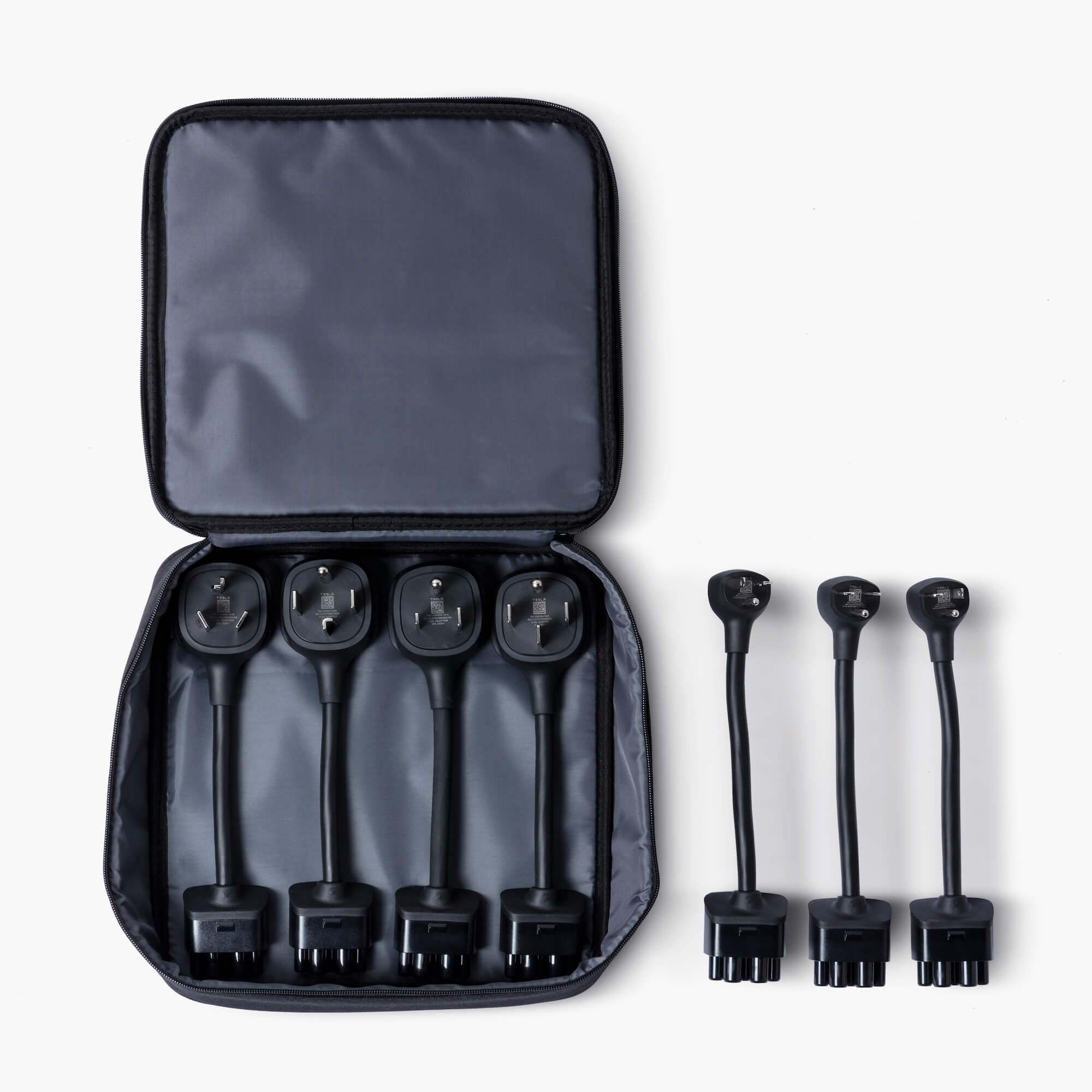Dumb questions from a newbie...
What setting should you use for amps in control panel/charging?
I've read that you're supposed to set the amp level to 80% of the charger's rated level, is that right? If my local generic charger is 32A, I assume I'm supposed manually adjust the car to 26A. If I forget to change it, and go to a Tesla Supercharger, presumably a lot higher amp, will the car know to adjust up the level (because it's a Tesla facility), of will it be limited by what is set on the control panel?
Thanks!
What setting should you use for amps in control panel/charging?
I've read that you're supposed to set the amp level to 80% of the charger's rated level, is that right? If my local generic charger is 32A, I assume I'm supposed manually adjust the car to 26A. If I forget to change it, and go to a Tesla Supercharger, presumably a lot higher amp, will the car know to adjust up the level (because it's a Tesla facility), of will it be limited by what is set on the control panel?
Thanks!




